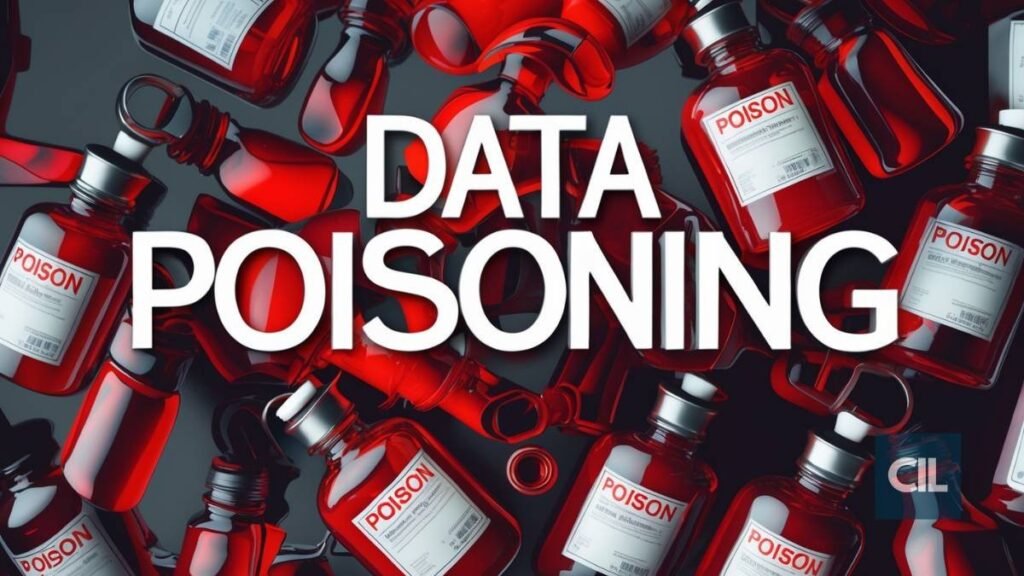Over the past year, I’ve been deeply focused on keeping up with the rapidly evolving AI space. I am extremely bullish on the current state of AI, but as AI becomes more embedded in critical business systems, understanding its risks and vulnerabilities is just as important as recognizing its benefits. One of the most concerning threats is data poisoning, where attackers manipulate AI models by corrupting their training data, goals or objectives.
Imagine a hospital group implementing an AI-powered supply chain system to manage inventory for life-saving drugs and critical equipment. If a threat actor poisons the AI’s forecasting models, the system could underestimate demand for essential medications like insulin or chemotherapy drugs, leading to dangerous shortages. Conversely, overestimating non-essential supplies could misallocate resources, straining budgets and impacting patient care. The worst part? Such an attack could go undetected for weeks or months, with administrators misattributing failures to supplier issues or market fluctuations rather than an AI compromise.
This isn’t just theoretical—it’s a real and growing risk as AI is integrated into supply chains, financial systems, cybersecurity tools, and critical infrastructure. While AI enhances efficiency, it also introduces new attack surfaces that must be actively defended.
What is Data Poisoning?
Data poisoning is an adversarial attack where threat actors manipulate the training data of AI and machine learning (ML) models to influence their behavior. By injecting malicious, biased, or misleading data into AI systems, attackers can degrade performance, introduce vulnerabilities, or cause AI models to make incorrect predictions.
Types of Data Poisoning Attacks
Availability Attacks
- Aim to corrupt AI models so they produce inconsistent or unreliable outputs.
- Example: Poisoning a spam detection system with randomized or mislabeled emails, causing it to misclassify spam as legitimate email.
Integrity Attacks (Targeted Manipulation)
- Attackers inject carefully crafted data to make AI models favor a specific outcome.
- Example: Poisoning a facial recognition system by introducing altered images, allowing unauthorized individuals to bypass authentication.
Backdoor Attacks
- Attackers embed hidden patterns in training data that the AI learns as normal.
- Example: An AI security camera trained on manipulated images fails to detect a person wearing a specific outfit or symbol.
What is Model Manipulation?
Model manipulation involves exploiting AI algorithms and inference processes to change how an AI system behaves without altering the training data itself. This can be achieved by:
- Triggering AI hallucinations (making LLMs generate false information).
- Prompt Injection Attacks, where an attacker feeds AI misleading inputs to override its intended behavior.
- Evasion Attacks, where adversaries subtly alter inputs to deceive AI into misclassifying data.
💡Example: In 2023, researchers at the University of Pittsburgh showed that minor pixel modifications could fool AI-powered medical imaging tools, causing misdiagnosis of cancer scans.
Why is This a Serious Threat?
These risks highlight a critical reality: AI is only as trustworthy as the data it learns from. When that data is compromised, the consequences can ripple across entire industries, from healthcare misdiagnoses to financial fraud and cybersecurity failures. As AI systems become more autonomous and embedded in business operations, organizations must treat data poisoning as a fundamental security risk—one that demands proactive defense strategies.
- Undermines Trust: If an AI model can be corrupted, its decisions become unreliable.
- Hard to Detect: Poisoned data can be subtly manipulated, making detection difficult.
- Expensive to Fix: Re-training AI models after data poisoning can be costly and time-consuming.
- Used for Cybercrime: Attackers can poison AI used in cyber threat detection, fraud detection, or biometric authentication.
How to Defend Against Data Poisoning & Model Manipulation
To mitigate these threats, organizations must treat AI security as an ongoing process, not a one-time fix. Defending against data poisoning and model manipulation requires a multi-layered approach, combining robust data governance, continuous monitoring, and proactive threat simulations. The following best practices can help strengthen AI resilience and ensure that models remain trustworthy, secure, and aligned with business objectives.
- Data Validation & Filtering: Regularly audit training data for anomalies and inconsistencies.
- Robust AI Model Monitoring: Implement AI drift detection to identify unexpected changes in model behavior.
- Adversarial Training: Expose AI models to controlled adversarial attacks during development to strengthen resilience.
- Access Control: Limit access to training data and model weights to prevent unauthorized modifications.
- Regular Model Updates: Frequently retrain AI models with verified, clean data.
💡 Example: OpenAI and Google implement AI red teaming, where security experts attempt to manipulate AI models before deployment.
Final Thoughts
Few people are more excited about the potential for AI than I am. Some of my favorite science fiction stories feature artificial intelligence, and I’ve spent my entire career waiting for AI advancements that could turn those sci-fi concepts into reality.
AI is one of the most transformative technologies of our time, but its success depends on how well we secure it. The same AI systems that streamline operations, drive automation, and improve decision-making can also be weaponized if we fail to protect them from adversarial attacks. As AI evolves, so too must our approach to cybersecurity, governance, and risk management. The future of AI will be shaped not just by how powerful it becomes—but by how well we defend its integrity.
How is your organization preparing for AI security challenges?

